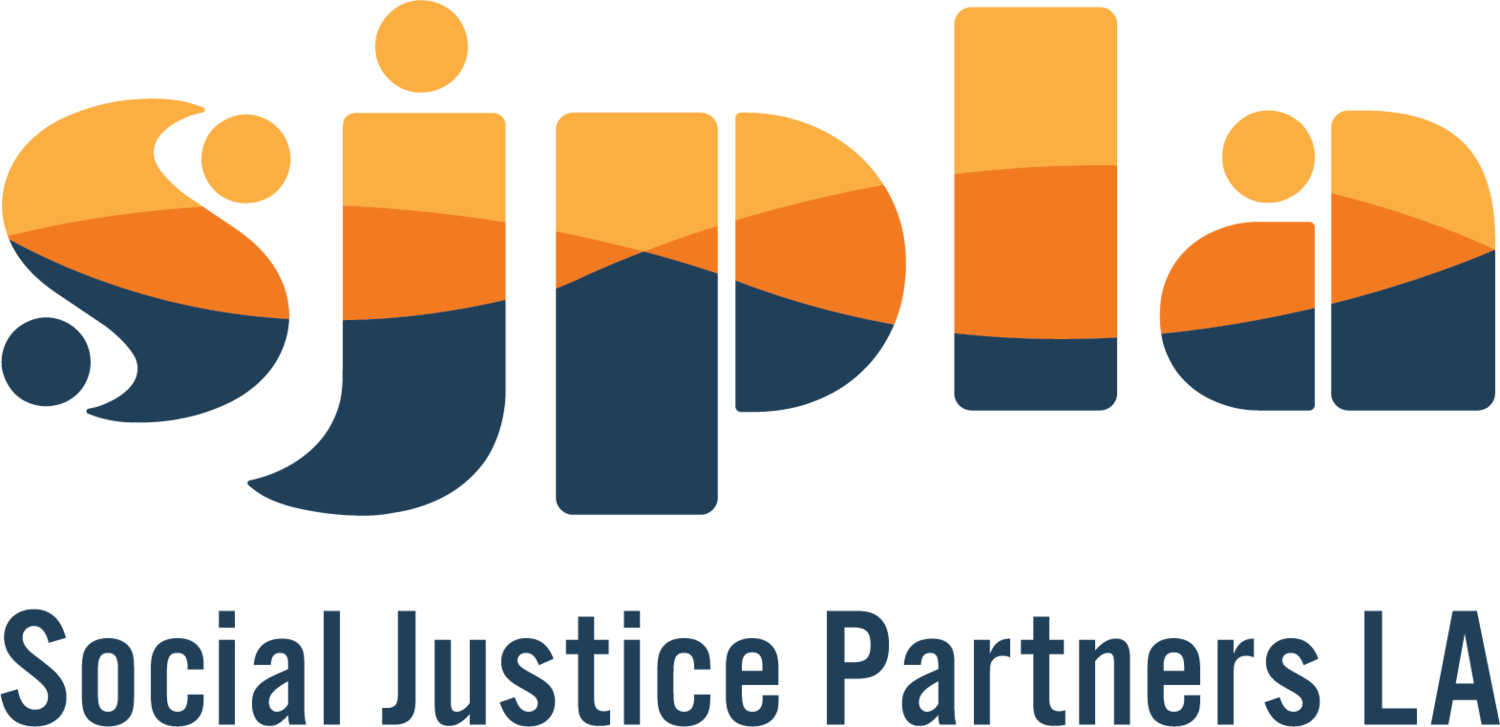Breaking the Mold: The 5 Traditional Nonprofit Leadership Styles and How Liberatory Leadership Offers a New Path
by Kelli Poole
When I first stepped into the world of nonprofit leadership, I was immediately struck by the diversity of leadership styles. Each leader seemed to bring their own unique approach to the table, but over time, I noticed patterns. These patterns, or leadership styles, often serve as the backbone of many nonprofit organizations. But what if you don’t fit in that mold? Often we spend our careers asking, what’s wrong with me, how can I be better. Liberatory Leadership challenges that thinking and starts from a place of asking, “what’s right with me?”. The world has given us leadership constructs that don’t work. What if we could find a more authentic, community-centered way of leading? That's where Liberatory Leadership comes in, offering a container to build curiosity about your individual leadership that's rooted in all you already are.
The Traditional Nonprofit Leadership Styles
The following leadership styles are inspired by insights from Central Michigan University.
Transformational Leadership
Transformational leaders are visionaries. They inspire their teams with a strong sense of purpose and direction. While this style has its merits, it often leans into a singular vision, sometimes sidelining other perspectives and stifling co-creation.Participative Leadership
Participative leaders value team input and often make decisions collectively. This democratic approach fosters a sense of community but can sometimes lead to decision-making paralysis and inadvertently marginalize those who are less vocal or confident in group settings.Charismatic Leadership
Charismatic leaders use their personal allure to inspire and motivate. While they can quickly rally people around a cause, their leadership often hinges on their personal magnetism. This can create an environment where decisions and directions are influenced more by the leader's charisma than by input from team members.Transactional Leadership
Transactional leaders are goal-oriented and often use rewards and penalties to motivate team members. This approach can be effective for short-term projects but may not foster a sense of community or long-term commitment.Servant Leadership
Servant leaders put the needs of their team and community first. While this style is compassionate and often effective, it can sometimes inadvertently perpetuate inequities. By focusing too much on serving others, leaders may neglect to empower team members to take initiative, potentially reinforcing a hierarchical structure where some voices are prioritized over others.
The Liberatory Leadership Difference
Liberatory Leadership challenges and adds to these traditional styles by emphasizing authenticity, community building, and the ability to work with diverse perspectives. It's not just about leading; it's about leading in a way that dismantles oppressive norms and fosters a truly inclusive environment.
Authenticity Over Archetypes
Traditional leadership styles often fit into neat categories, but real people are more complex. The Liberatory Leadership course encourages you to find your own authentic leadership style that's rooted in your values and experiences.
Community-Centered Leadership
Unlike traditional styles that may focus on the leader as the central figure, Liberatory Leadership emphasizes collective leadership. It's about building a community where everyone has a voice and a role to play.
Embracing Diversity of Thought
One of the most significant limitations of traditional leadership styles is that they often cater to a specific type of thinking or problem-solving. Liberatory Leadership teaches you how to work effectively with people who think differently from you, leveraging diverse perspectives for more innovative solutions.
Why Choose Liberatory Leadership?
If you're asking yourself, "Which leadership style is most effective for your nonprofit organization?", consider this: effectiveness is not just about meeting goals; it's also about how those goals are met. The Liberatory Leadership course offers a holistic approach that not only helps you achieve your objectives but also enriches your team and community in the process.
So, if you're looking to break free from traditional molds and lead in a way that aligns with your values and fosters genuine community, Liberatory Leadership is the perfect place to start your journey.
As we continue to explore the evolving landscape of nonprofit leadership, let's challenge ourselves to think differently, to be authentic, and to build communities that are rooted in equity and inclusion.
